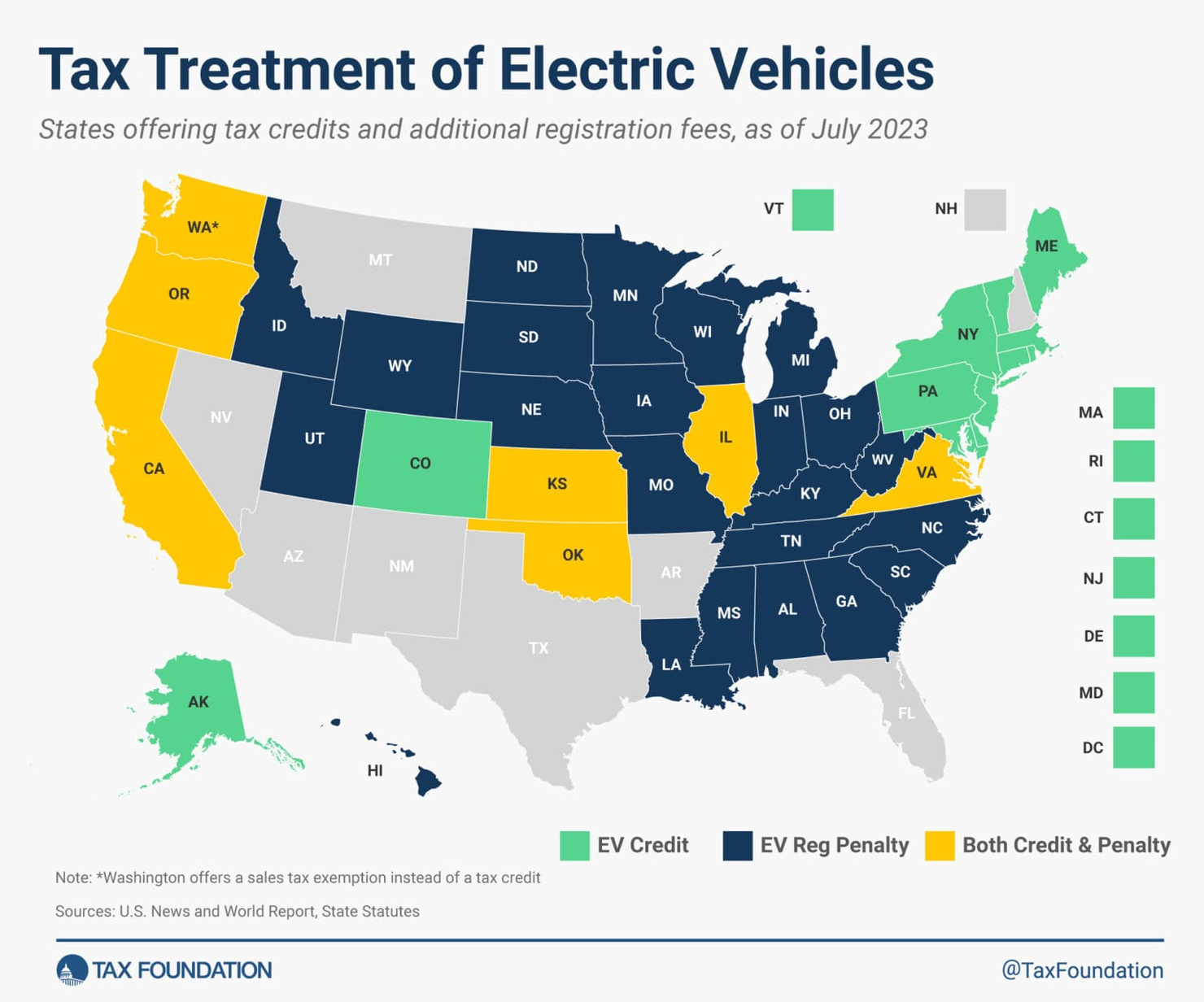Twice a month, we’re compiling the most relevant news stories from diverse sources online, connecting the latest environmental and energy economics research to global current events, real-time public discourse, and policy decisions. Keep reading, and feel free to send us your feedback.
Here are some questions we’re asking and addressing with our research chops this week:
What are the benefits of electric school buses, and why are these buses so expensive?
Two electric school buses soon may enter service in a school district in Red Lake Nation, a Native nation in northern Minnesota. The buses, which are funded through a provision in the Bipartisan Infrastructure Law, will reduce greenhouse gas emissions and provide health benefits for students. While the number of school districts acquiring electric school buses is increasing, cost remains a barrier to widespread adoption of these buses (and other heavy-duty electric vehicles). “Given the high up-front cost of electrifying buses, many school districts would be unable to afford the switch without some sort of government support,” says Resources for the Future (RFF) Fellow and Transportation Program Director Beia Spiller. Spiller investigates the price tag of electric school buses and policies that could help reduce the price tag of electrifying school bus fleets in a recent Common Resources blog post.
With US charging infrastructure evolving, what do electric vehicle drivers need to know about charging their cars?
Last Tuesday, the electric vehicle (EV) manufacturer Tesla laid off most of the 500-person team that was responsible for developing the company’s widespread network of EV charging stations. While Tesla plans to improve the reliability of its existing chargers, continuing the build-out of the US charging network may now fall to other companies—a challenge that some industry leaders worry may be difficult to meet. Trouble for the US charging network may have ripple effects for current and prospective EV owners. As Sebastian Blanco, editor-in-chief at SAE Media group, notes during a recent episode of the Resources Radio podcast—the first in a multipart series on EVs—accurate information about the locations and prices of chargers are important considerations for increasing EV adoption. “If you think of EV infrastructure being at the beginning of its journey, and gas infrastructure being closer to the end than to the beginning, you’re getting price information from signs as you drive down the street because the infrastructure is set up that way,” Blanco says. “We could easily do that with EVs if we wanted to. We wouldn’t have to put them on signs; we could put them on apps.”
What policy strategies can help keep electricity affordable for households?
On Earth Day this year, President Joe Biden and Senator Bernie Sanders (I-VT) announced the recipients of a $7-billion program to make clean energy more affordable to low- and middle-income households across all 50 US states. The program could produce 20 percent savings on household energy bills and more than 30 million tons of avoided carbon dioxide emissions in the next quarter century. This program is one of many policy strategies that can facilitate more affordable energy for struggling households, more of which are described in a new Common Resources blog post by Brad Harris, RFF’s director of government affairs. Given persistent inflation and rising energy prices, Harris points out practical solutions that can improve energy affordability, particularly when combined. “Affordability programs and policies work best in concert with each other, given that each intervention may be insufficient on its own to meet a household’s needs,” says Harris.

Resources Roundup

Energy insecurity affects 25 percent of households in the United States, and households that identify as Black or Hispanic face energy insecurity at disproportionately high rates. These households often struggle to pay energy bills, forego other basic needs so they can afford energy bills, or keep their homes at unsafe temperatures to reduce these bills. City leadership, nonprofits, researchers, and communities in Detroit have collaborated to develop new services that can improve energy efficiency and affordability for low-income households in the city. On May 23, RFF will host a virtual panel discussion on Detroit’s efforts and how public-private partnerships can help advance community-centered climate solutions. RSVP to attend the webinar.
On April 25, the US Environmental Protection Agency released four regulations that limit greenhouse gas emissions and other pollutants from power plants. Last week, RFF hosted a webinar with a group of experts who discussed the new regulations, including new requirements for emissions from existing coal-fired and new natural gas–fired power plants under section 111(d) of the Clean Air Act, along with the implications of these regulations on air quality, US emissions, and electric utilities. As RFF President and CEO Billy Pizer put it, “111(d) is the big enchilada here.”
Minority farmers and ranchers are key to US food security and sustainable agriculture, yet farmers and ranchers of color tend to be underserved by public agricultural programs. This week, RFF hosted a discussion on the exclusion of minority farmers from government programs and how economists and researchers can help ensure that farmers and ranchers of color are actively involved in public agricultural programs and benefit from these programs. “The number-one challenge for our producers is financial incentive … I do think that there is an important role of public and private partnership to make sure that the dollars get to the farmers to adopt these programs,” said Seanicaa Herron, founder and executive director of the Freedmen Heirs Foundation, a nonprofit organization that promotes the sustainability of Black farmers in agriculture.

#ChartOfTheWeek

Our chart this week shows which states offer subsidies for electric vehicle (EV) buyers (colored green and yellow), and which states impose registration fees on EV drivers (colored blue and yellow). One important subsidy not depicted in the chart is the federal tax credit for EVs that was created by the Inflation Reduction Act, which is worth up to $7,500 for EVs that meet certain requirements—and note that a registration fee is labeled a “penalty” in the chart above, though not all sources would equate these fees with “penalties.” Many states have begun to charge drivers fees for purchasing and operating EVs. These fees can help offset lost revenue from state gasoline taxes, which charge drivers a certain dollar amount per gallon of gas purchased and are an important source of funding for transportation infrastructure. RFF Fellow Daniel Raimi wrote last year about policies that could help replace revenue from the gas tax: “As gasoline-powered vehicles fade into the rear-view mirror, a new model for funding US road infrastructure is needed desperately.”









